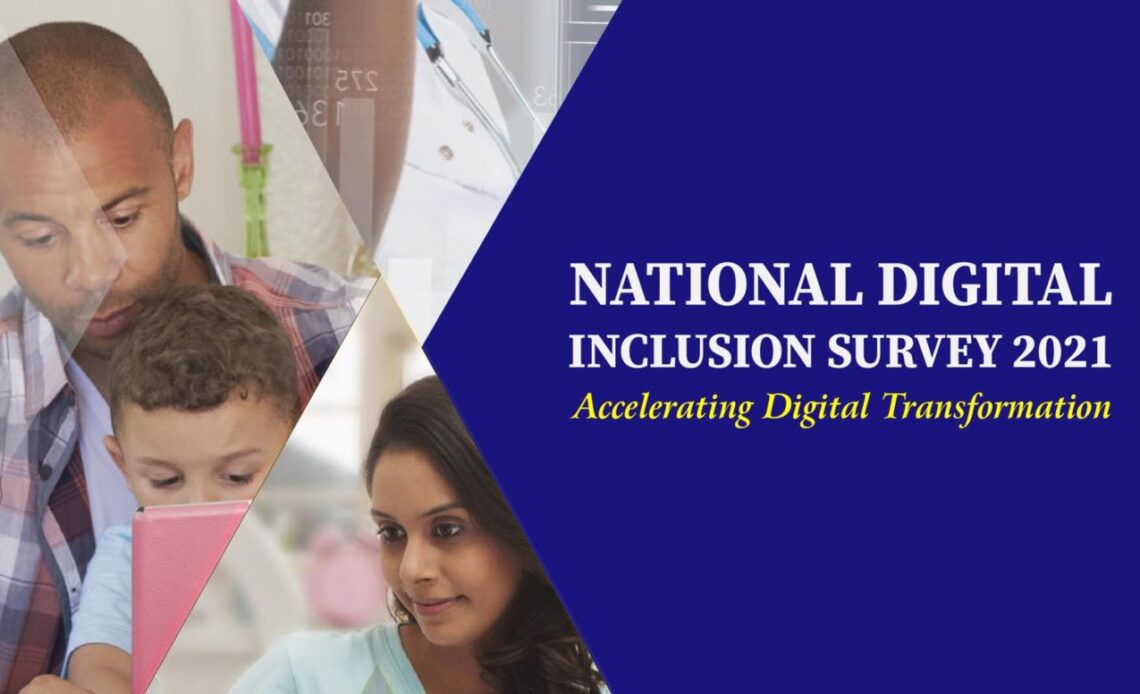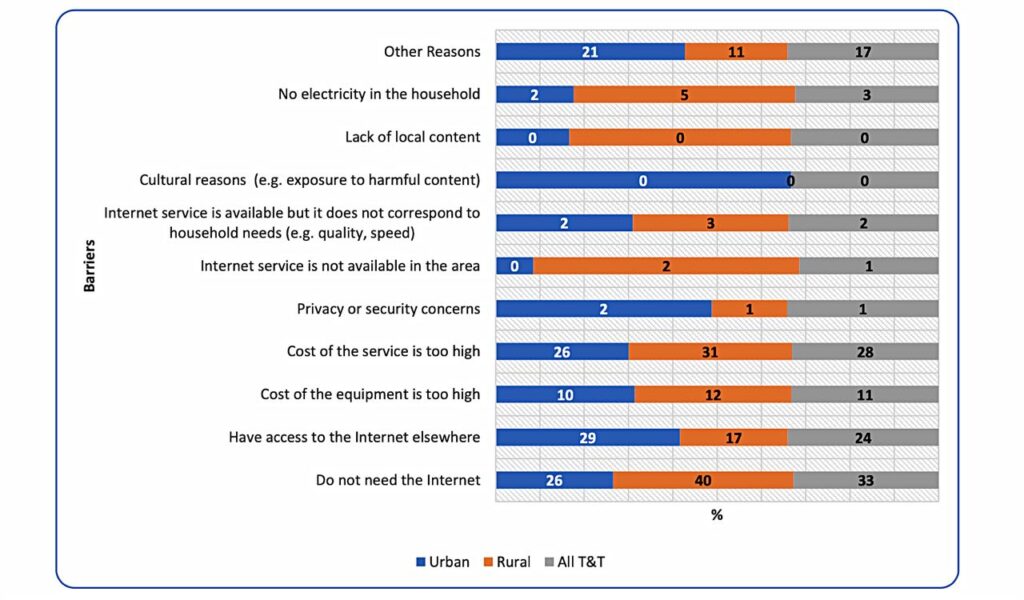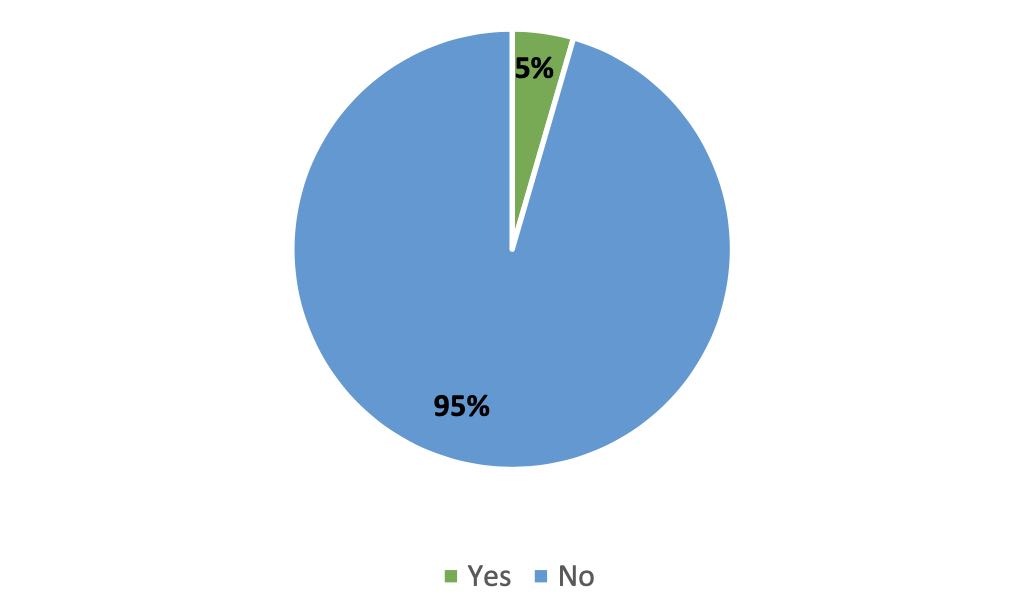
TATT’s Digital Inclusion
Above: TATT’s Digital Inclusivity Survey.
BitDepth#1359 for June 20, 2022
The recently published report on the Digital Inclusivity Survey done by Kairi Consultants for the Telecommunications Authority (TATT) raises questions about how digital adoption and access projects are being managed in Trinidad and Tobago.
The survey gathered responses from a total of 6,174 households between April and November 2021. Fieldwork was halted from mid-April to mid-September in 2021 because of covid19 restrictions.
The survey has found an increase in the ICT Development Index, which was measured at 5.55 in 2013, rose to 6.04 in 2017 and is set at 7.86 according to statistics revealed by the survey.
The index is a measure of fixed telephone subscriptions, mobile cellular subscriptions for every 100 citizens, internet bandwidth per user, the percentage of households with a computer and the percentage of households with internet access.
The first concern arising from this is the use of the Universal Service Fund and its relevance in the face of the report’s findings.
In one notable chart included in the report, of the number of respondents reporting that they did not have internet access in the household, three per cent noted that their homes did not have electricity, 33 per cent said they had no need for the internet at home and 24 per cent said they had internet access elsewhere.
While there is likely probably some overlap in the latter two numbers, it’s notable that just one percent of respondents cited not having internet availability as a concern.
Access to the internet is not actually a problem according to the findings of this report.

The total number of mobile subscriptions according to the fourth quarter market report from TATT, is 1,996,800. Access to 3G connectivity is available to 100 per cent of the population and 75 per cent can access 4G.
Fixed internet penetration per 100 households is 87.5 per cent. Of the 12.5 per cent who are not connected, only one per cent of that number, 0.12 per cent, are truly underserved.
According to the 2011 census by the CSO, there are 401,382 households in Trinidad and Tobago and 0.12 percent of that is roughly 400 households.
The current Universal Service Fund (USF) stands at $148,344,602 according to TATT’s 2021 annual report. That’s a lot to spend to connect them.
A report by TATT on a St John’s Parish USF project delivered after a FOIA request offers a test case opportunity for a last mile implementation of internet services.
The villages of Parlatuvier, Bloody Bay and L’Anse Fourmi in the parish, identified as underserved in the survey, represent 265 underserved households. According to a March 2022 USF update, the project remains stalled.
Instead, between 2020 and 2021, $16,620,200 was spent on the authority’s say-so on devices for students without the directive of its line Minister or a mandate to do so in its regulations.
The remainder of its $20 million dollar spend over the covid years went to the politically motivated National Free Wi-Fi initiative and for WiFi at transportation hubs (both founded on a dubious premise).
Only two transport hubs in Port of Spain and San Fernando are active, no libraries or hospitals were reported connected.
From a budgeted $3,834,000 earmarked to support the dramatically underserved disabilities sector with 7,000 subsidised smartphones and training, TATT’s 2021 annual report notes that just $436,432 was spent that year.
The sector has half the internet adoption of the national average and almost 65 per cent of survey respondents reported not being aware of assistive technology.
The authority has set nebulous goals based on the findings of this report announcing that it plans to, “Highlight the needs of vulnerable groups” and “Identify gaps and overlaps in the current ICT provision.”
The authority further notes the need to “improve digital literacy and competencies” and “promote inclusive digital government and e-commerce.”
These concerns lie outside the stated scope of the USF or TATT’s role as a regulator.
E-commerce in TT is clothes shopping, with 79 per cent of online purchases being apparel. Of the 12 per cent of respondents buying online, only one in five placed orders with a local vendor. Fifty per cent of respondents were not interested in online purchases at all.
E-commerce is heavily consumer focused, with purchases of computer equipment or parts at 12 percent, computer software at six per cent and ICT services totalling two per cent.

The E-Government Development index has been slipping since a rating of 65 in 2003 to 81 in 2020. Adoption of those services is highest at 7.2 per cent in the 25-34 age group.
The most connected region in its survey was Lange Park, and the least connected, Laventille, though that latter number depends to some extent on informed conjecture, since crime concerns limited the scope of the survey in that area.
The reasons for the significant connectivity gaps between the best and least connected areas merit further investigation.
A strategy to address these shortfalls properly rests with the Digital Transformation Ministry, not TATT.
Most of the problems arising from the survey are not, in fact, problems which lie within the scope of the authority as a regulator.
It is notable that in addition to its inability to execute on the St John’s Parish project, bids on an ICT access project at Lopinot closed in August 2021 without a single proposal being tendered.
Since July 2020, four other Internet access centres at Roxborough, Toco, Moruga, and Fifth Company are also in limbo.
A project in Brasso Venado and Los Atajos surveyed in June 2019 was scheduled to start in January 2021 and is also stalled. The response to the FOIA request in October 2021 stated that, “The evaluation is ongoing.”
The authority must articulate a clearer plan to use the hundreds of millions it has collected from telecommunications companies to address the underserved within its regulatory scope.
That strategy should include more compelling incentives, less bull-headed insistence on wired solutions where fixed wireless solutions might better bridge challenges in geography and infrastructural support to undertake these projects in physically difficult areas, for which there is clearly little enthusiasm.


